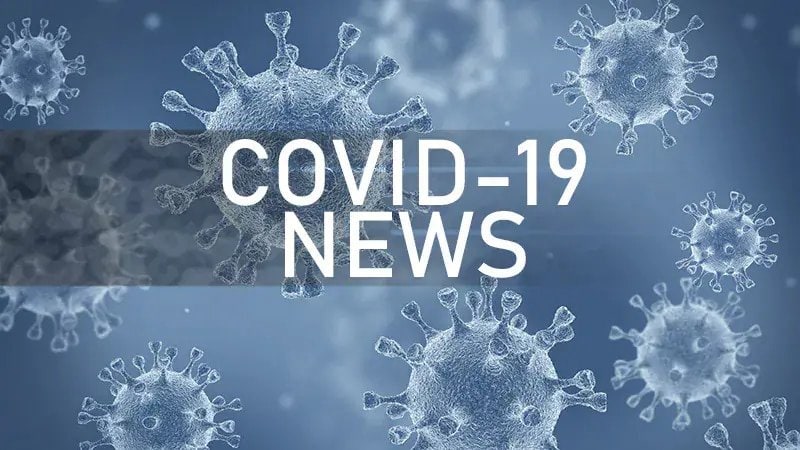Heatstroke occurs when your body temperature rises rapidly and you’re unable to cool down. It can be life-threatening by causing damage to your brain and other vital organs. It may be caused by strenuous activity in the heat or by being in a hot place for too long.
Heatstroke can occur without any previous heat-related condition, such as heat exhaustion. Heatstroke signs and symptoms include:
- Fever of 104 degrees Fahrenheit (40 degrees Celsius) or greater
- Changes in mental status or behavior, such as confusion, agitation and slurred speech
- Hot, dry skin or heavy sweating
- Nausea and vomiting
- Flushed skin
- Rapid pulse
- Rapid breathing
- Headache
- Fainting
- Seizure
- Coma
Seek emergency medical care
If you suspect heatstroke, call 911 or your local emergency number. Then move the person out of the heat right away. Cool the person by whatever means available. For example:
- Put the person in a cool tub of water or a cool shower.
- Spray the person with a garden hose.
- Sponge the person with cool water.
- Fan the person while misting with cool water.
- Place ice packs or cool wet towels on the neck, armpits and groin.
- Cover the person with cool damp sheets.
If the person is conscious, offer chilled water, a sports drink containing electrolytes or other nonalcoholic beverage without caffeine.
Begin CPR if the person loses consciousness and shows no signs of circulation, such as breathing, coughing or movement.
Get the latest health information from Mayo Clinic’s experts.
Sign up for free, and stay up to date on research advancements, health tips and current health topics, like COVID-19, plus expertise on managing health.
To provide you with the most relevant and helpful information, and understand which
information is beneficial, we may combine your email and website usage information with
other information we have about you. If you are a Mayo Clinic patient, this could
include protected health information. If we combine this information with your protected
health information, we will treat all of that information as protected health
information and will only use or disclose that information as set forth in our notice of
privacy practices. You may opt-out of email communications at any time by clicking on
the unsubscribe link in the e-mail.
April 15, 2022
- Heat injury and heat exhaustion. American Academy of Orthopaedic Surgeons. https://orthoinfo.aaos.org/en/diseases–conditions/heat-injury-and-heat-exhaustion. Accessed Feb. 24, 2022.
- Heat stress. Centers for Disease Control and Prevention. https://www.cdc.gov/niosh/topics/heatstress/. Accessed Feb. 24, 2022.
- O’Connor FG, et al. Exertional heat illness in adolescents and adults: Epidemiology, thermoregulation, risk factors, and diagnosis. https://www.uptodate.com/contents/search. Accessed March 2, 2022.
- Heat-related illnesses. American College of Emergency Physicians. https://www.emergencyphysicians.org/article/know-when-to-go/heat-related-illnesses. Accessed Feb. 24, 2022.
.
Note: This article have been indexed to our site. We do not claim legitimacy, ownership or copyright of any of the content above. To see the article at original source Click Here













